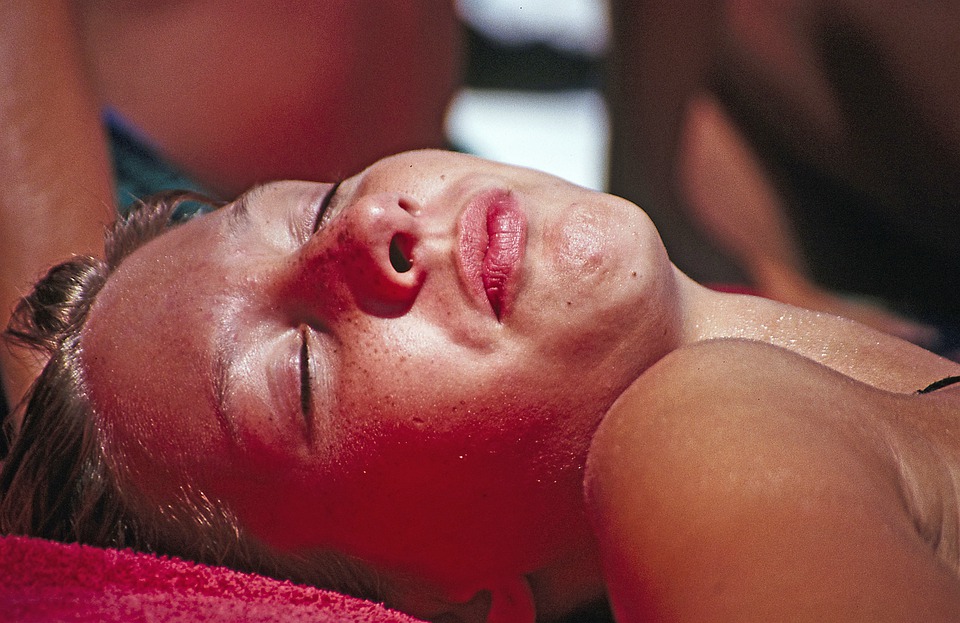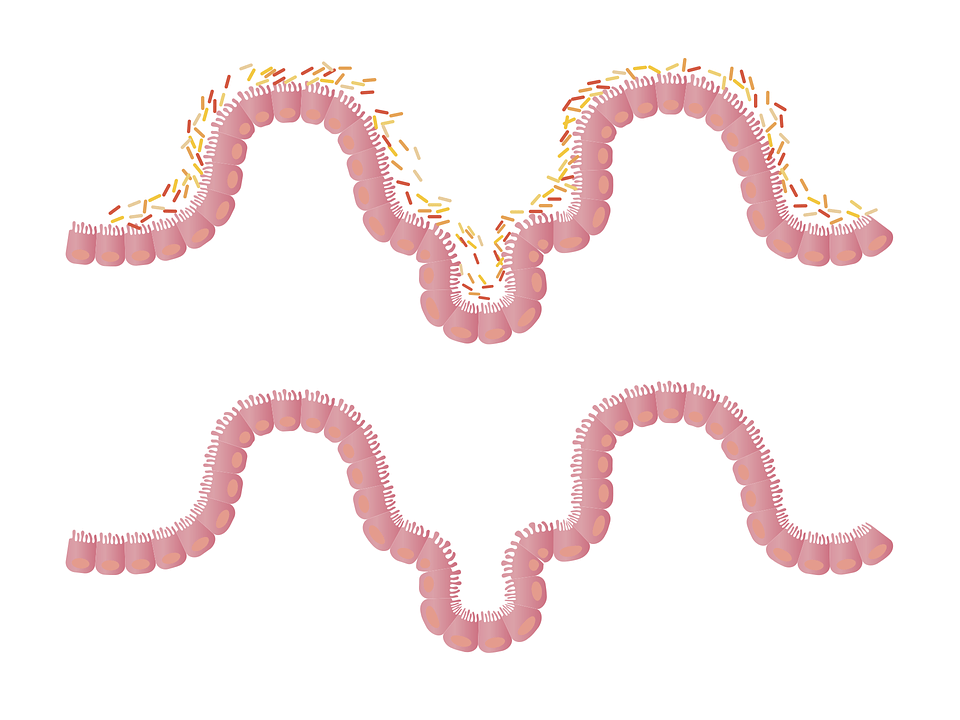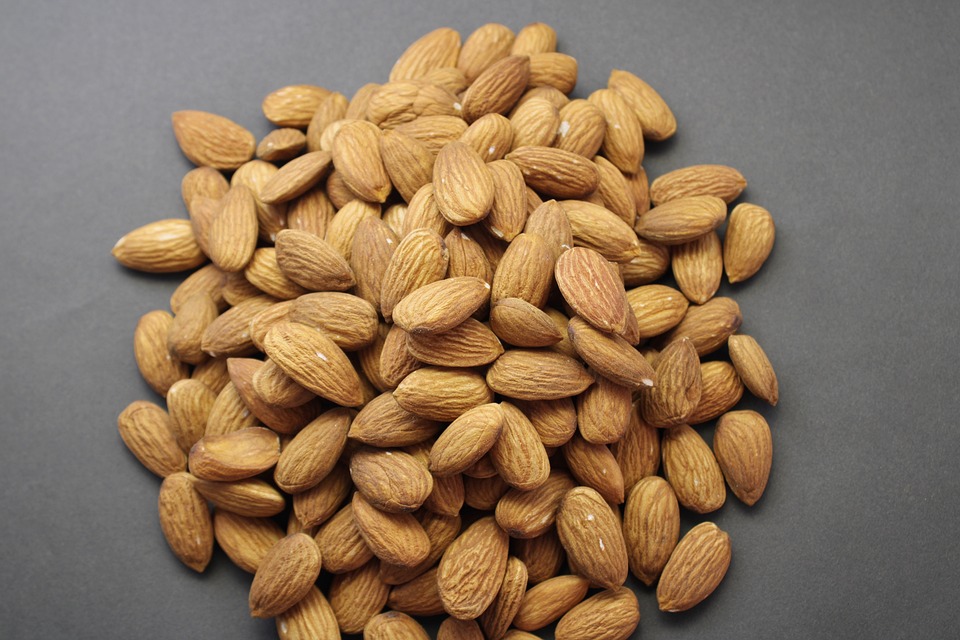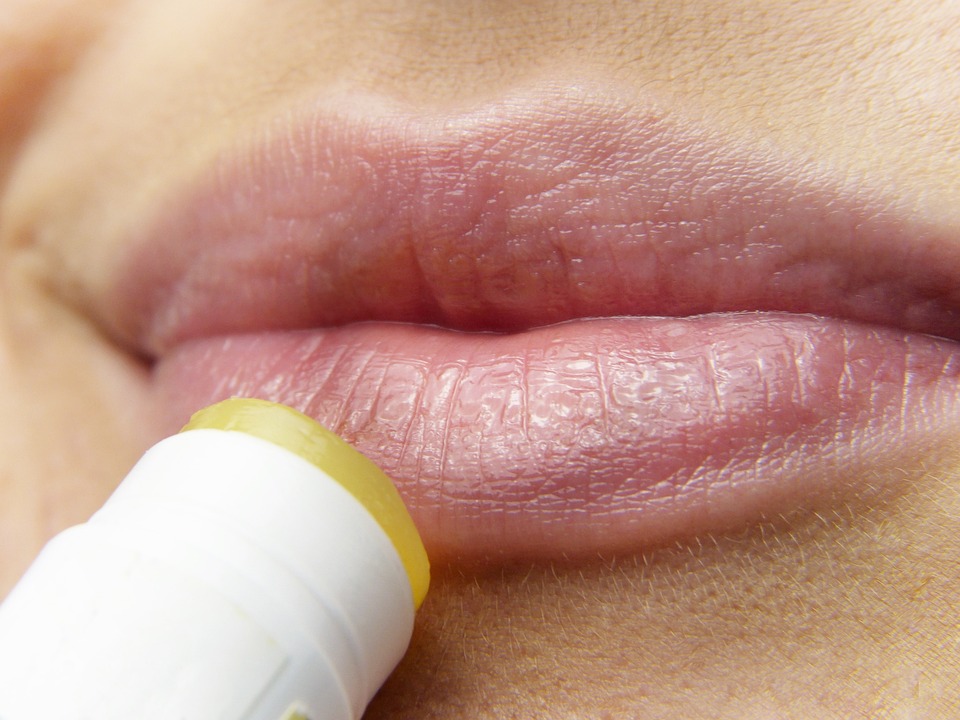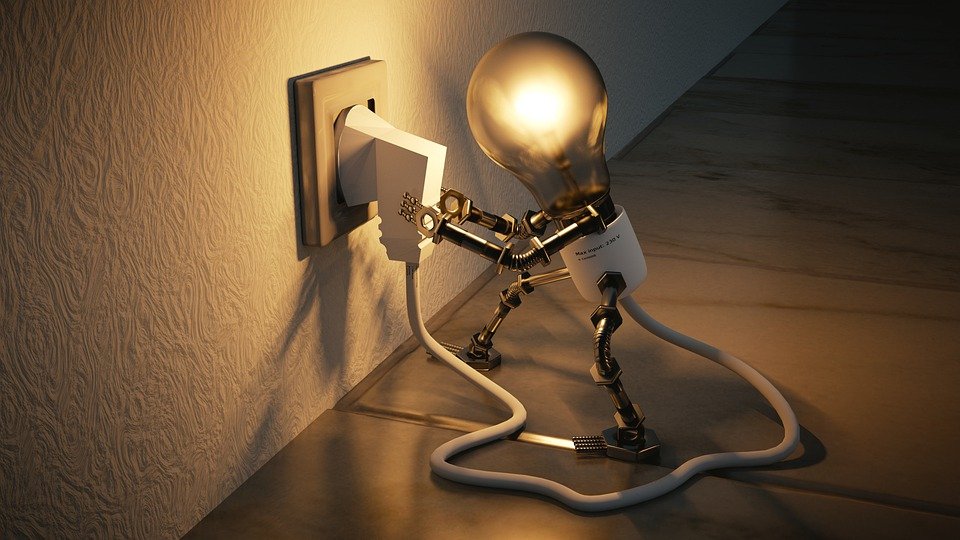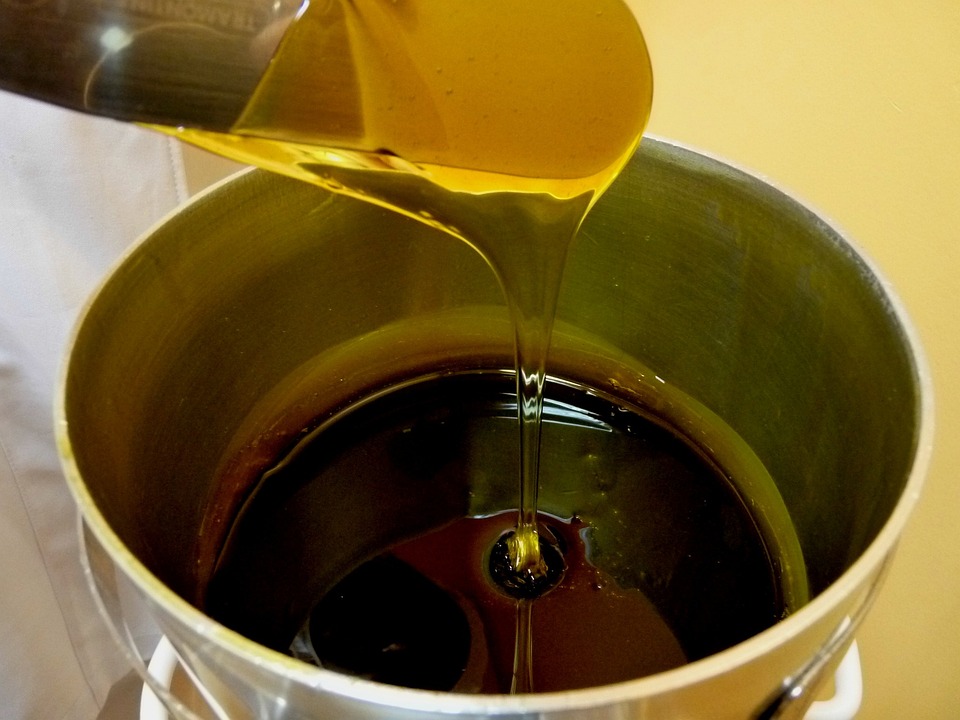
What’s the Point?
To begin, we should discuss why hair is present on the body before discussing how to remove it. Body hair provides warmth and helps to reduce friction. It protects against sun and wind damage, and in certain places (like the nose) it acts as a gatekeeper to ward off bacteria and dirt.
According to Encyclopedia Britannica, our hair grows by half an inch every month.
While hair does serve a purpose, there are some areas where we would rather it wasn’t. Different hair removal methods work better in different areas.
Hair Removal Options
Many conventional hair removal options are safe and natural. Others…. not so much. The following is a list of different ways people remove unwanted body hair. The advantages and disadvantages of each method will be discussed, as well as which methods are the most beneficial for skin and hair health.
Electrolysis
The process involves a tiny needle being inserted into each individual hair follicle in order to permanently damage it. This results in the hair no longer being able to grow. The device uses shortwave radio vibrational frequencies to electrocute the follicle.
Pros: It’s effective.
There are some drawbacks to this treatment option as it can be quite painful and involves destroying a part of the body that is still functioning. Permanently damaging or killing hair follicles can have a number of negative consequences because they play an important role in the body. If electrolysis is not done properly, it can cause scarring and infection. The treatment is long and difficult and can be quite painful.
Laser
A doctor uses a laser to damage hair follicles at the root. There are also laser devices that can be used at home by women.
The main advantage of this treatment is that it can help to get rid of hair growth in certain areas after a few sessions, with yearly treatments typically required to maintain the results. Lasers can optimize results for a number of areas on the body including the face, underarms, and legs.
Cons: Lasering is expensive and takes multiple sessions. The Mayo Clinic reports that this method is also ineffective on people with light-colored hair or darker skin tones. Excessive exposure to UV rays can damage the skin in a variety of ways, including causing discoloration, pain, redness, swelling, blistering, crusting, scarring, and other types of skin damage. Doctored lasers are better for laser removal because home lasers run the risk of being unregulated.
Depilatories (Chemical Hair Removal)
This is a liquid that can be applied to the skin in order to dissolve hair. There are several different types of products available, including gels, creams, and soaps.
An advantage of this method of hair removal is that it can be done quickly and easily.
The main downside of depilatories is that they only remove hair on the surface. This means that you’ll need to reapply them frequently if you want to keep your skin smooth. The FDA warns that it can cause skin irritation and allergic reactions. Some people have also reported experiencing burns, blisters, stinging, rashes, and skin peeling off. It’s literally burning off hair with harsh chemicals.
6 Ways to Get Rid of Unwanted Facial Hair, Compared!
1. Waxing
If you want to shape your eyebrows or remove mustache hair, waxing is an effective and affordable option to consider. Your hair should be at least ¼ of an inch long. An esthetician will spread either soft or hard wax on your skin during a waxing session and pull it off when the wax dries to remove hairs from the root, says Holly Green, owner of Norabloom Botanicals & Beauty Lounge in Ithaca, New York. Green prefers to use hard wax for the face as it is thicker, enabling it to be applied warm and dry on the skin before being removed without a cloth.
The ouch factor can range from minimal to medium pain, but it varies greatly from person to person, Green says. Sometimes being in a comfortable setting can make you feel more relaxed, which in turn decreases the pain you feel. Green says that the first time is always the worst, but after that, it’s much better because you know what to expect and you have a skilled person doing it.
According to Green, the results of the treatment will last for four to six weeks.
The average cost of waxing ranges from $9 to $25, depending on the salon, your location, and the area of your face being waxed.
Pros and cons: Since hairs are removed at the root, you can typically go for at least a month between waxing appointments. It’s better to go to a professional to get waxing done, so if you prefer to do hair removal at home, you may want to skip it. It can be difficult to gauge the temperature of the wax at home, so you could burn yourself. Professional facial waxing is usually pretty affordable.
What you should and shouldn’t do after getting waxed: The first thing you should do is apply sunscreen. When people wax, they are pulling the top layer of skin off, according to Green. If you don’t protect yourself from the sun, you can get hyperpigmentation—especially on your upper lip. And save the spa treatment for another day. Green says that it’s not ideal to get a wax and then a facial because it can cause irritation to vulnerable skin. Green suggests applying a cool compress if you experience any redness afterward. Experiencing ingrown hairs? Rolling PFB Vanish gel onto the skin will help to reduce inflammation due to the willow bark extract and camphor oil content.
2. Threading
The hair removal specialist uses a thread to pull rows of hair out from the root. Most people have their eyebrows threaded, but you can also get other areas of your face threaded, like your forehead, sideburns, cheeks, and upper lip. A complete eyebrow threading session will last 15 to 20 minutes on average.
On a scale of one to ten, with one being the least painful, the first visit to the chiropractor might be a seven, but it will hurt less each time you go.
According to Garay, the results should last for around 4-6 weeks.
The cost of threading varies depending on the salon, location, and the area of the face being threaded. On average, it costs anywhere from $5-$30.
If you are considering a hair removal method, waxing and sugaring both have their pros and cons. With waxing, you can go several weeks without needing a touch-up, whereas sugaring might only last a week or two. Threading removes hair by tangling it in the thread and pulling it out at the root, which can be less irritating to the skin than waxing. What Blondin is saying is that for older women who have thin skin, threading would be a good option. While threading may be more precise than waxing, it usually takes longer to complete.
“You can also use a concealer on the inner rims of your eyes to avoid looking tired,” Garay suggests coming in with full brows and using concealer on the inner rims of the eyes to avoid looking tired. Do not shave before threading as it will be more difficult to shape them. If you experience any discomfort after threading, Garay recommends applying a cooling cream.
3. Dermaplaning
The process of derma planning involves using a scalpel to remove dead skin cells and facial hair. A dermatologist uses a dermatoscope to scrape the top layer of skin. A glycolic acid peel can help with skin cell buildup and hyperpigmentation, says Blondin. Dermaplaning removes the shorter, thinner hairs that are on the surface of your skin. It does not remove the hair at the root. Many people are using it because it makes their skin feel very soft.
Ouch factor: Minimal—it feels like a light feather. “It’s really gentle,” says Blondin. Sometimes you may feel the razor catch on a hair or a thicker piece of skin, but it is not painful.
The results of the treatment will last for around three to four weeks. However, it is possible to extend this to six to eight weeks by spacing out the sessions, according to Blondin.
Prices for professional treatments for facial hair removal typically start at $100 but vary depending on the salon and your location. You can also purchase devices for at-home facial hair removal, though these may be less effective than treatments performed by professionals. If you plan on doing it yourself, you will need to get more blades.
There are both positive and negative aspects to dermaplaning says Blondin. One downside is that it does not remove hair at the root, so it may not be ideal for those with coarse hair. Although this may not be ideal, there is a positive aspect to this. When you derma plane, the hair follicle is still present at the surface, which protects the skin,” says Blondin. A plus about dermaplaning is that you can do it without having to go to a professional. The DERMAFLASH device uses a stainless steel edge to remove dead skin cells and fine hairs from your face, including your cheeks, jawline, upper lip, chin, and forehead. Plus, it comes with six blades. Also, at-home tools have guards on them so you can’t cut yourself, but this also means you won’t get quite as close to the skin, says Blondin. If you’re not interested in the anti-aging benefits of dermaplaning and you just want to remove a few strays, you may want to think about a more budget-friendly hair removal option.
“You want to make sure you’re not over-exfoliating and that your skin is moisturized so it doesn’t dry out.” You should be careful when exfoliating and avoid being in the sun. Over-exfoliating can dry out your skin, so be sure to keep it moisturized. After dermaplaning, apply sunscreen and avoid retinol products for a couple of days, as these can make your skin more sensitive to the sun. Do not wax your skin immediately before you plan on doing so, as your skin will be very sensitive afterward. Instead, do it the day before. If you wax an area and then go over it again, it can become irritated.
4. Sugaring
This hair removal method, which has been around for centuries, is popular because it is effective. Sugaring is a process of applying a natural paste to the skin and removing hair in the natural direction of growth, Lina Kennedy, CEO and president of Alexandria Professional, explains. Sugaring removes hair from the root like waxing, but it does not remove the top layer of skin, making it a gentler alternative for those who tend to get sensitive. This paste can remove hair even when it is just beginning to grow, so you don’t have to wait until it is ¼-inch long, says Kennedy. Sugaring is a hair removal technique that is done by hand. The esthetician applies the paste and then removes it using a flicking motion.
The pain of sugaring is minimal compared to waxing, says Kennedy.
Kennedy says that sugaring typically lasts a month or two longer than traditional waxing. With sugar paste, the hair is removed at the root, rather than just being broken at the surface like with waxing. This results in the hair taking longer to grow back.
The average cost of sugaring is between $15 and $60, depending on the salon, where you live, and the area of your face being treated.
One potential benefit of sugaring over waxing is that it is a natural alternative. Additionally, since sugaring removes follicles directly from the root (without removing skin), it may cause less irritation for those with sensitive skin. In other words, it could be more expensive than usual waxing.
“If you do any sort of depilatory treatments, so any sort of hair removals like waxing or sugaring, you want to stay out of the sun for 24 hours because your skin is more sensitive.” According to Kennedy, you should avoid the sun after any hair removal treatment, especially if you waxed or sugared. This is because your skin will be more sensitive. Since sugaring can make your skin more sensitive, Kennedy suggests being careful with what sunscreen you use. One option you may want to consider to prevent chemicals from being absorbed into your skin is to look for a natural option.
5. Epilating
An electric device that is held in the hand and uses a coil to remove hair from the root.
An epilator can help hair grow back smoother, slower, and finer over time. The results of waxing also last longer than shaving since it removes hair from the root. It can be used even on really short hair. The newer versions of this are less painful as they can be used on wet skin.
Cons: It can be painful, like really painful. Epilators can also cause ingrown hairs.
The conclusion is that epilators can be a good natural hair removal option, but some people may be put off by the discomfort.
6. Tweezing
Most people have plucked eyebrows, nose hairs, or chin hairs at some point in their life. This hair removal method is simple. You are pulling out individual hairs with a pair of tweezers one at a time. Tweezing is most effective when used in conjunction with another hair removal method to remove ingrown or very short hairs, says Garay.
The first time you pluck your eyebrows it might hurt a little, but it will become less painful the more you do it. Plucking your eyebrows from the base and in the direction of your hair growth will help to avoid any further discomfort.
The results from this method will last for around 4 to 6 weeks as the hair is being pulled from the roots.
The average cost is free if you do it at home, otherwise, it is likely included with waxing or threading. Tweezer cost ranges from $10 to $25.
While tweezing may not be the most efficient method of hair removal, it has its own pros and cons. According to Garay, tweezing removes hairs individually. It’s great for maintenance, though.
Some helpful tips to remember if you’re going to tweeze facial hairs are to shower and exfoliate beforehand. This will open up your pores and make the process easier. Garay says to only tweeze hairs that are outside the shape of your brows. It’s not a good idea to use tweezers to shape your eyebrows, as you may end up removing too many hairs.

